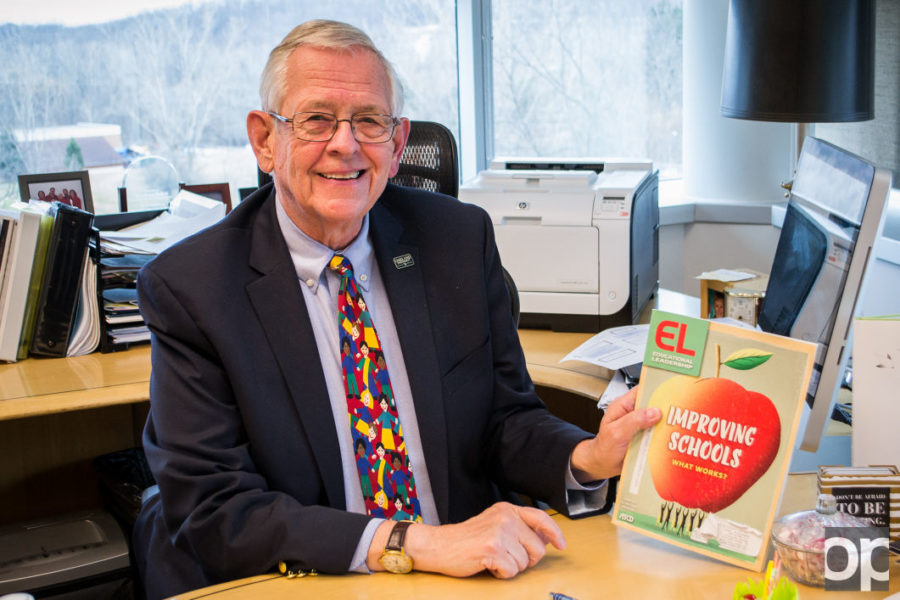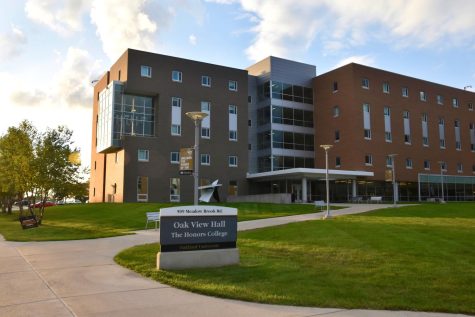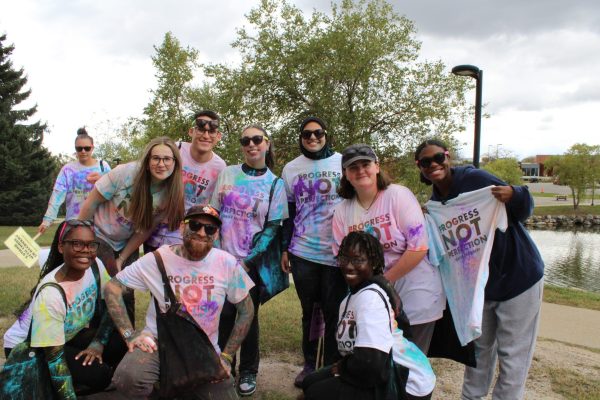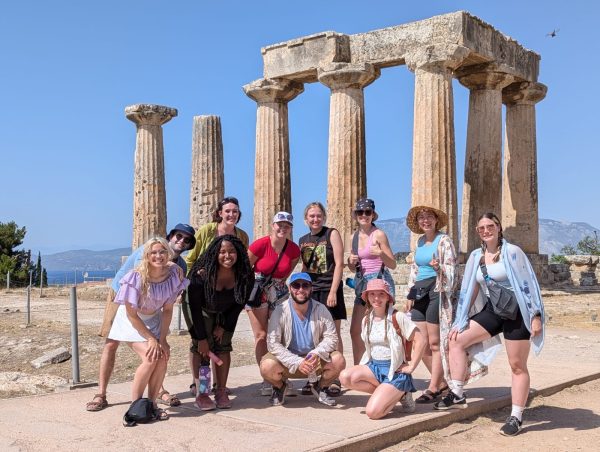Technology changes teaching
As technology and teaching methods change, OU education majors adjust to teach the next generation of students.
As technology and teaching methods change, OU education majors adjust to teach the next generation of students.
“We’re trying to prepare teachers who can be immediately successful in classrooms,” said Robert Maxfield, interim dean of the school of education and human services.
Education majors gain field experience early on at OU, Maxfield said. Oakland’s close partnerships with local schools fosters mutual respect—OU students see how classrooms work from the teacher’s perspective, and K-12 teachers receive help in their classrooms.
Elizabeth Girardot, an elementary education major, has participated in three field placements during her three years at OU. Each field placement requires an OU student to work in a classroom at least eight times for a total of 30 hours.
“It just gives you a nice overview of what a classroom looks like,” Girardot said.
According to Maxfield, teachers are trained to help students think for themselves.
Girardot said teachers should ask students how they figured something out instead of just telling them to memorize the information.
“There are so many different ways now for [children] to solve a problem,” Girardot said.
In her current field placement, Girardot said teachers use a lot of visual teaching methods. For example, students listen to a story and draw answers to questions.
“It’s really interesting what the children come up with,” Girardot said.
Michael MacDonald, associate professor in the school of education and interim chair for teacher development and educational studies, said that students are more enthusiastic about their education when they have some choice in what they learn through group projects and interaction with classmates.
“The shift is from knowing to understanding,” MacDonald said.
Technology helps students learn as well. The students that Girardot works with regularly use iPads and laptops for reading and math games while at the same time becoming familiar with technology.
“It’s just another fun way for them to learn,” Girardot said.
Despite the innovative teaching and learning methods, students can’t be creative all of the time. A lot of emphasis is placed on test scores, Maxfield said. Learning test-taking skills goes against the newer, more inquiry-based teaching methods.
“You can’t have it both ways,” Maxfield said.
Schools have to find a balance between research that proves the effectiveness of new teaching methods and laws that require testing.
Teachers are also expected to attend to students’ emotional needs and effectively teach in diverse classrooms.
“They’re not teaching subjects only,” MacDonald said.
Different students learn different ways, and teachers must accommodate.
“It’s not that you fix the student,” MacDonald said. “There just needs to be a different road to get there.”
Girardot said she’s taking a class that focuses entirely on diversity in the classroom.
“Not every student is going to respond to the same thing,” she said.
In today’s classroom, teachers need to be prepared to teach students who speak another language or come from a different background, have disabilities, or identify as members of the LGBT community, Maxfield said.
“The ‘one size fits all’ doesn’t fit anymore,” MacDonald said.
As technology changes, teaching methods evolve and the ways students learn change, so must teachers and OU’s education department.
“It’s a real challenge to prepare people for a world we have not even imagined,” MacDonald said.













